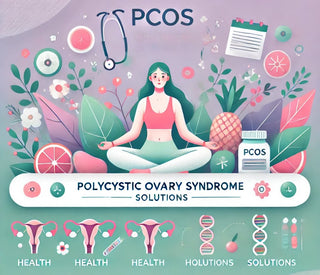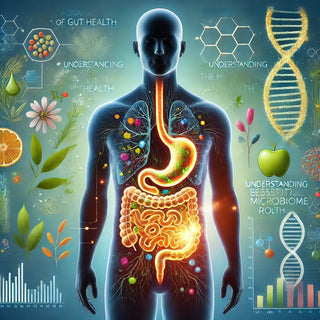🧠 Understanding Biotransformation: How Your Body Naturally Detoxifies:
Our body has an amazing built-in system to deal with toxins, medicines, and unwanted chemicals, this process is called biotransformation.
In simple terms, biotransformation is how your body changes harmful or fat-soluble substances into safer, water-soluble forms that can be easily removed through urine or bile.
🌿 What Exactly Is Biotransformation?
Biotransformation is mainly carried out by your liver, but the kidneys, intestines, and even your gut bacteria (microbiome) play an important role too. This process ensures that the body can safely eliminate waste and toxins, both those we produce internally and those we are exposed to from the environment, food, or medicines.
🔬 Why Biotransformation Matters
If toxins or chemicals build up in your system, they can affect your organs, metabolism, and energy. Efficient biotransformation is crucial because it helps:
-
🧹 Detoxify harmful chemicals and pollutants
-
⚡ Convert nutrients from food into usable energy
-
💊 Activate or deactivate compounds like medicines or hormones
-
🧬 Protect cells from oxidative stress and damage
When this system is weak due to poor diet, stress, pollution, or nutrient deficiency, toxins accumulate, leading to fatigue, skin problems, gut issues, and chronic inflammation.
⚙️ The Two Phases of Detoxification
Your body’s detox process happens in two main stages:
Phase I – The Breakdown Stage
This phase uses enzymes (mainly the Cytochrome P450 system) to break down toxins into smaller compounds. These “intermediate” compounds can sometimes become more toxic, which is why the next phase is critical.
Phase II – The Neutralising Stage
In this phase, your body adds other molecules (like amino acids, sulfur, or antioxidants) to make these compounds water-soluble, so they can be flushed out via urine or bile. If Phase II doesn’t work efficiently, toxins can damage cells and tissues , which is why nutrient support is key.
🥦 Foods and Nutrients That Support Detoxification
Your diet has a direct effect on how efficiently your liver and body detox.
Here are some of the best nutrients and foods that help your natural detox pathways:
1. Cruciferous Vegetables: Broccoli, kale, cauliflower, and cabbage boost liver enzymes and help remove toxins. They also contain fibre that keeps your gut clean and supports toxin elimination.
2. Antioxidants: Vitamins C and E, along with selenium, protect cells from oxidative stress and help enzymes work better.
3. B Vitamins: B2, B3, B6, B12, and folate are essential for energy production and methylation, a key process in detoxification.
4. Amino Acids: Cysteine and glycine are needed to make glutathione, your body’s master antioxidant and detox molecule.
5. Minerals: Magnesium and zinc are cofactors for enzymes that process toxins and support cellular repair.
6. Phytonutrients: Natural compounds found in herbs, fruits, and vegetables (like flavonoids and polyphenols) enhance enzyme activity and protect cells.
7. Sulfur Compounds: Garlic, onions, and eggs provide sulfur, essential for glutathione production and liver detox.
8. Fibre: Fibre binds toxins in the gut, improves bowel movements, and supports the gut-liver axis, a key detox connection.
🌏 Modern Life and Detox Challenges in India & the world
With rising pollution, pesticide exposure, and processed foods, the Indian population faces increasing toxin load. Factors like stress, poor diet, smoking, alcohol, and lack of sleep also reduce detox efficiency.
Supporting your liver and gut through food, hydration, and targeted supplements can make a big difference in daily energy, skin health, and immunity.
💪 Supplements That Support Biotransformation
For people with nutrient deficiencies or higher toxin exposure, adding certain supplements can help. Some key examples include:
-
Glutathione – the body’s most powerful antioxidant
-
Milk thistle – supports liver cell repair
-
N-Acetyl Cysteine (NAC) – helps produce glutathione
-
Alpha-lipoic acid – fights oxidative stress
-
B-complex vitamins – improve energy and detox pathways
Always consult your healthcare professional before starting any new supplement, especially if you have liver or kidney conditions.
The Bottom Line
Biotransformation is your body’s natural detox engine. By eating nutrient-rich foods, maintaining gut health, and using targeted supplements when needed, you can help your body process toxins efficiently and maintain long-term health.
Your liver and microbiome work together daily to protect you. All you have to do is support them with the right nutrition.







